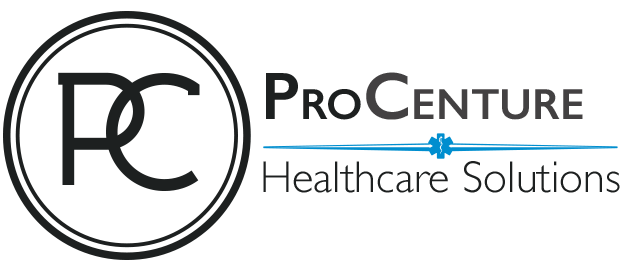In 1930, house calls were standard practice for physicians, accounting for approximately 40 percent of patient visits. By 1950, this number had fallen to 10 percent, and by 1980, only about 1 percent of patient visits happened in the home. But as they say, everything old is new again, and with the coming demographic changes, it seems doctors may be making more home visits in the near future.
By 2030, 70 million U.S. citizens will be over age 65.
By 2060, the number of Americans age 65 and older will reach 98 million. Their share of the total population will rise from 15 to nearly 24 percent. And since a substantial number of them will live with disabilities that prevent them from leaving their home (and the projected supply of long-term care and assisted living facilities appears to fall short of projected demand), the days of house calls and home physicians seems ripe for a renaissance.
What exactly is a home physician?
For many of us born after 1950, the terms ‘home physician,’ ‘house call,’ or ‘home visiting doctor’ might sound a little strange. After all, we grew up with walk-in clinics and trips to our GP; if a doctor set foot in the house it was usually because Uncle Leo had arrived for Thanksgiving dinner. So let’s have a little primer:
A home physician provides homebound clients with convenient, quality medical care in the comfort, privacy, and safety of their own home.
At MD at Home home services include:
- Physical Examinations
- Annual Wellness
- Transition of Care Coordination
- Chronic Care Management
- Depression Screenings
- Mental Status Evaluations
- Fall Risk Assessments
- HIV Risk Counseling
- Wound Evaluation and Treatment
- Immunization and Vaccinations
- Preventative Care Assessments
- Smoking Cessation Programs
- Advance Directive Counseling
The benefits of physician house calls.
In addition to the obvious convenience for patients, in-home care can:
- Provide a unique perspective on a patient’s life not available in an office or hospital setting.
- Create stronger physician-patient relationships.
- Enhance a physician’s understanding of the patient’s environment and support systems.
- Reduce or eliminate the need for trips to and from doctor’s appointments.
- Decrease unwanted hospital admissions.
- Alleviate additional stress to patients and their caregivers.
In short, all things that lead to better long-term care.
In a 2016 New York Times article, writer Tina Rosenberg stated,
“The house call is now a better idea than ever.”
“Medicare spends a third of its budget caring for chronically ill people in their last two years of life. This group is growing fast, and growth will accelerate; the first baby boomers are now turning 70.
The expense largely comes from hospitalizations, at an average cost of $12,000. So whatever keeps these patients out of the hospital (or out of expensive nursing homes) will save money — and also, of course, greatly improve the patient’s quality of life.”
We couldn’t agree more.
How do I know if I qualify for in-home care?
- Do you have difficulty leaving home due to a mobility limitation or cognitive impairment?
- Do you require the use of special transportation to leave home?
- Do you require the assistance of another person to leave home?
- Are you unable to leave your home or does it require taxing effort?
- Have you been advised against leaving your home due to a medical condition?
If you answered yes to any of the questions above, you may qualify for in-home care from a home care physician. Contact MD at Home for more information.
Will my insurance cover in-home health care?
It depends. Medicare pays for you to get health care services in your home if you meet certain eligibility criteria and if the
services are considered reasonable and necessary for the treatment of your illness or injury. Here is a great resource from Medicare.gov to learn more. And if you’re looking for coverage through a Medicare health plan (and not Original Medicare) then be sure to check with your plan for specific details for home health benefits.
At the current time, MD at Home accepts the following insurance policies:
- Medicare Part B
- Medicare Pametto GBA
- Blue Cross Blue Shield (XOF, R, XOX)
- Blue Cross Blue Shield (XOS – Must have Medicare Part B as primary insurance)
- Aetna (PPO)
- United Health Care (PPO)
- United Medical Resources (PPO)
As the population ages, everything will need to be re-examined and re-designed, from travel and education, to consumer products and healthcare. MD at Home is already leading the way – for over 20 years we’ve partnered with some of Chicago’s most established and respected institutions to provide home care, home medical doctors, and house call physicians to patients in need. We are transforming healthcare through our collaborative, proactive, preventative approach to patient health. Contact us today and learn how we can help keep you comfortable and healthy for decades to come.
For more information on care programs and preventive medicine, or to schedule a home visit, go to MD-athome.com, the premier healthcare resource for homebound patients in Chicago and the Chicagoland area.


Leave a Comment